 Your new post is loading...
 Your new post is loading...
Ironically, Netflix, the viewing source that gave binge-watching its name, probably has less instances of binge-viewing than any top-10 cable network with stacked programming. I would think viewers spend more time every month watching “Modern Family” on USA, “Full House” on Nick at Nite, “Criminal Minds” on ION, and “South Park” on Comedy Central than they do watching any single series on Netflix (although Netflix in total probably has more instances of binge-viewing than all of them combined).
So what does this mean for advertisers?
It’s not just that people are continuing to watch these shows. Their audiences are extremely loyal, and often not that easy to reach elsewhere. For example, “Big Bang” on TBS reached only about 30% of all adults 25-54 last season, but was still the most-viewed scripted series on television among that demo. ION’s “Criminal Minds” only reached about 15% of all adults 25-54 during the same period, yet was the fourth most watched scripted series on television. That represents an extraordinary amount of repeated viewing to a single show among a small group of extremely loyal and attentive viewers....
While broadcast viewers are thought to represent a more traditional TV audience than those watching cable, a new report says they are actually less likely to watch programming live than their cable counterparts, especially if the network in question is The CW. That information comes from TiVo Research's Q2 State of TV report, which was released today. The quarterly report tracks time-shifting using TiVo's Media TRAnalytics data set, which anonymously aggregates set-top box data from more than 2.3 million households including TiVo owners and other cable providers. According to the study, while the vast majority of TV viewing continues to be live, broadcast network prime-time viewing is more likely to be time-shifted than cable programming. Twenty-six percent of broadcast prime-time programming was time-shifted during the second quarter (23 percent overall was watched in the C3 window, from the same day to three days later; the other 3 percent was time-shifted four to seven days). In total day viewing, 20 percent of broadcast programing was time-shifted....
For a while, it seemed like television was being supplanted by online video as cord-cutting increased dramatically. However, it’s becoming more clear that TV and social media are perfect partners, as tweets and other social posts spike around event television. New data from Nielsen Social demonstrates how much activity surrounds broadcast TV, streaming and cable.
Twitter users are highly engaged during popular shows and live television events, both in terms of hashtags and @mentions. #SB50, the official Super Bowl hashtag, received more than 3.7 million tweets. Other live events like the #Oscars also fared very well, with 2.9 million tweets. And scripted television events scored, with #Empire generating 702,000 tweets and @kanyewest receiving 489,000 tweets during his Saturday Night Live performance.
Whether it’s online streaming, cable TV or broadcast TV, recurring series seem to have remarkable staying power on social. Empire received an average of 387,000 tweets from 95,000 authors each episode, while cable-exclusive The Walking Dead received 435,000 tweets from 150,000 authors on average....
When cable TV subscriptions in the U.S. peaked in 2012 — and 97.6 million Americans paid to watch television delivered via cable — it seemed the traditional media supply chain was stronger than ever. Since then, however, cable subscriptions have steadily declined each year.
The usual culprits blamed for this decline are the streaming services, like Netflix, Hulu, Amazon Prime, and HBO Go. A recent report from MoffettNathanson Research found that 81 percent of adults under 35 have a Netflix subscription. Additionally, millions of Americans are watching television from their smartphones or other handheld smart devices, which makes app-based services convenient choices.
The story goes, “Cord-cutters are canceling their cable services and going over-the-top, therefore it’s the demise of the television business as we know it.”
This premise is wrong. Here’s why: The consumer has their own definition of TV.
To start, we should clarify that consumers now perceive “TV” as content, not as content delivered through a linear hardware box in their living room. HBO, Netflix, Amazon, Hulu, Buzzfeed — consumers don’t care about where content derives, they only care that it’s quality....
Ever since the commercial Internet emerged, content has been at the center. Bill Gates, quite famously, declared that content is king and called it the “killer app” of the Internet age. Inspired, media executives and internet entrepreneurs alike sought to marry content and distribution to create the perfect business model.
The problem is, as I’ve noted before, that content is crap. Nobody walks out of a great movie and says, “Wow! That was some great content.” Nobody listens to content on their way to work in the morning. We never call anything we like “content,” the term is a mere fantasy in the minds of business planners.
That, in essence, is why despite the predictions of digital pundits, the TV industry has continued to prosper. Through a series of disruptions—cable, DVD and now streaming video—programing has continued to evolve. Now, with the cable business model starting to unravel, we can expect an explosion of creative energy that will usher in a new golden age of TV....
Earlier this July, video technology company Unruly released the results of its 20-page study, “The Science of Sharing,” measuring the viral effects of 12 Super Bowl commercials. Using a complex algorithm from their sharing analysis tool, ShareRank, Unruly was able to identify the parts of each video that triggered the strongest viewer responses, and grade the advertisements on their overall shareability (see below). By doing this, Unruly was able to give an in-depth look at why some viral ads perform well online, while others don’t. ...
The number of American pay TV subscribers cutting the cord to focus solely on Netflix, over the air, online, and other sources is growing faster than expected, according to the latest study from Convergence Consulting Group. Last year, the researchers predicted that 930,000 pay TV subscribers would cut the cord, but this year estimate that 1.08 million went ahead and did so. That represents 1.1% of pay TV subscribers, and means that between 2008 and 2012, 3.74 million (3.7%) of US TV subscribers cut their subscriptions.
|
Headlines about TV viewership have not been particularly positive. Common themes lately have been: “TV ratings plummeting,” “NFL viewership in decline,”“Millennials unplug from TV,” or “Cord-cutting, cord-shaving growing.” Then there’s a big favorite lately: “TV can’t deliver reach like it used to.” While there’s some truth in all of these ideas, they don’t tell the whole story of TV viewership today. First, overall TV viewership is not falling off a cliff. After four-plus decades of extraordinary growth, there is no question that the average amount of time Americans spend watching old-fashioned TV plateaued over the past few years and has now begun to decline. However, this overall decline is in the very small single digits annually....TV has not lost overall reach. In fact, its overall ad-reach capacity has never been greater. What’s changed is that TV audiences have fragmented their viewing across hundreds of different channels and all of the dayparts, and most major brands keep making the same buys. They’re chasing the few shows with bigger ratings without trying to understand how to scientifically and efficiently re-aggregate the fragmented audiences. Doing so is hard work and takes time and investment, all in short supply in media buying ...
In a survey spanning 100 TV series, Netflix found that, on average, subscribers spend about two hours a day binge watching the show in question. But some shows, in particular, entrance viewers and leave them wanting more—say, sci-fi thrillers like Orphan Black or horror dramas like The Walking Dead. Subtle, slow-moving dramas like Mad Men, however, are watched at a more leisurely pace, as are comedies like Unbreakable Kimmy Schmidt....
Sick of your significant other skipping ahead and watching your favorite streaming shows without you? Lock them into a faithful TV-viewing relationship with a high-tech pair of series commitment rings, thanks to U.K. ice cream brand Cornetto.
The marketer, which tends to advertise around themes of teen love, created special rings that connect to streaming apps, and use near field communications to block access to TV shows you both watch unless your partner is nearby—thus putting an end to sneaking around with services like Netflix while feigning fidelity.
A two-minute video explains the concept, and illustrates the dangers of cheating—reaching its high point when one young woman pretends, in brilliantly unconvincing fashion, that she hasn't seen the episode she's watching with her boyfriend.
The idea of rings that forcibly prevent viewers from such dalliances is so silly and au courant that it almost doesn't matter that the details of its functionality aren't entirely ironed out....
Millennials age 14-25 now spend more time streaming online video content than watching live television, according to a recent report from Deloitte. The report was based on data conducted in November 2015 of 2,205 consumers in the United States. The researchers examined the media consumption habits of four generations: Millennials (born between 1983 and 2001); Generation X (1966-1982); Baby Boomers (1947-1965), and Matures (prior to 1947). More than half of all US consumers, and three-quarters of Millennials, watch movies and TV shows via streaming on at least a monthly basis, the researchers found. Other key insights from the report: - 70% Americans binge-watch television content, viewing an average of five episodes at a time. - 90% of US consumers say they multitask while watching TV. - Nearly three quarters of Millennials age 19-32 say they are more influenced in their buying decisions by social media recommendations than TV ads. - Social media sites have surpassed television as the most popular source of news for Millennials....
From time to time, media reports on the latest tectonic shift in digital devices and the associated increase in time we spend online are a prophesy - the death of all TV viewing is imminent. Statements like this one recently, "the steady increase in online traffic is cannibalizing TV viewing and effectiveness," have been uttered by pundits periodically over the past decade or more, driving hysteria throughout the industry with marketers left to wonder if it is truly and finally the end of TV advertising as we know it. Isn't it inevitable?
Turns out the answer is 'yes' and 'no'. TV viewing behavior has been permanently altered, and the change (while glacial vs. 'shock and awe') has been sweeping. That said, the net real effect on TV's pivotal role as THE video medium has been minimal – indeed, online viewing has been growing in tandem with not at the expense of overall TV viewing. BOTH online and TV platforms are witnessing record engagement numbers, with television still very much at the helm. Indeed, traditional, living room, TV consumption has grown year-over-year in the U.S., and continues to dominate as consumers seek out appealing entertainment and information[1]. W
ith growing consumer appetite for content and increasing dexterity with mobile devices, adoption of smartphones and tablets will continue to rise, but ALL indications are that television will remain the glowing centerpiece in the living room for the foreseeable future....
In recent days media has been consumed by one Edward Snowdenwho revealed a Skynet-type infrastructure called Prism that the government is running. At the same time it appears as if traditional cable TV business is gearing up for a Game of Thrones-style war with many “kingdoms” that include Intel, Aereo, Netflix, Hulu, Amazon, YouTube and more. Are the cable TV walls about to crumble?
The war to bundle TV in a non-traditional way continues and big players are stepping up...
|
 Your new post is loading...
Your new post is loading...
 Your new post is loading...
Your new post is loading...









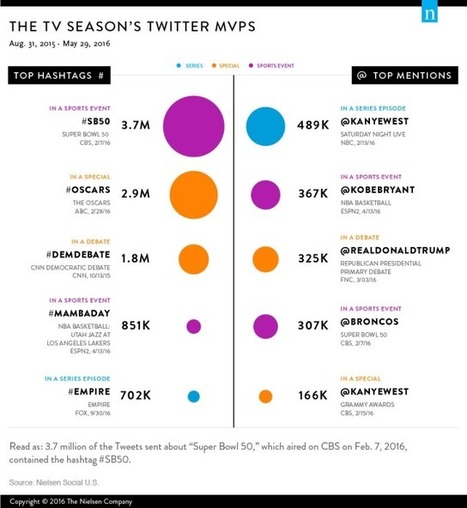

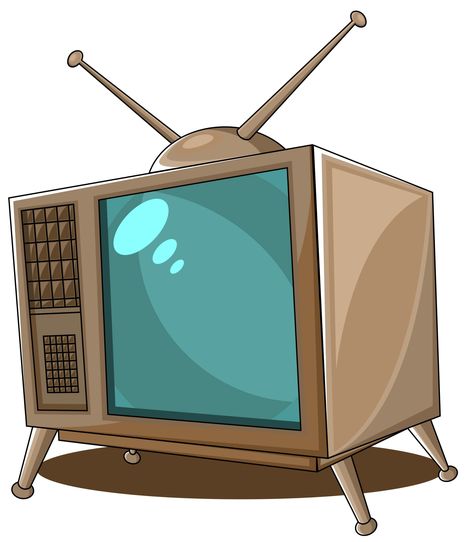
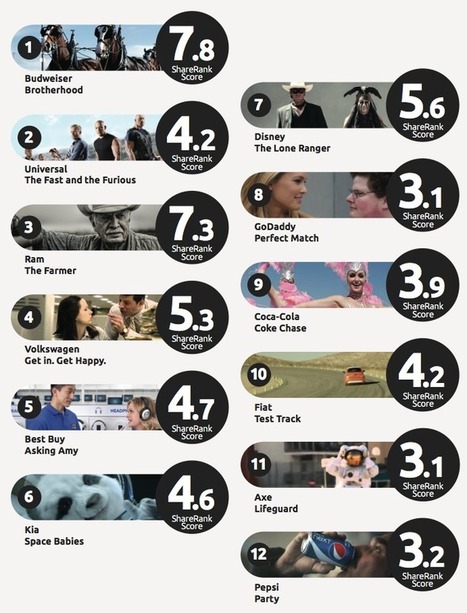



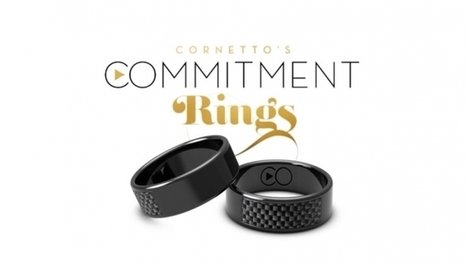

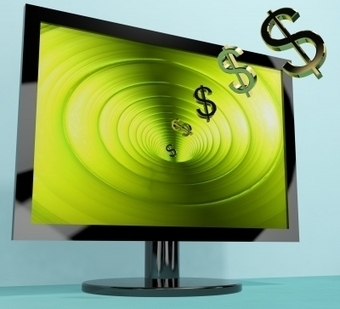






We may have been binge-watching the US election but once it's over, we'll be looking for another series to escape to and there are implications for marketers and advertisers.